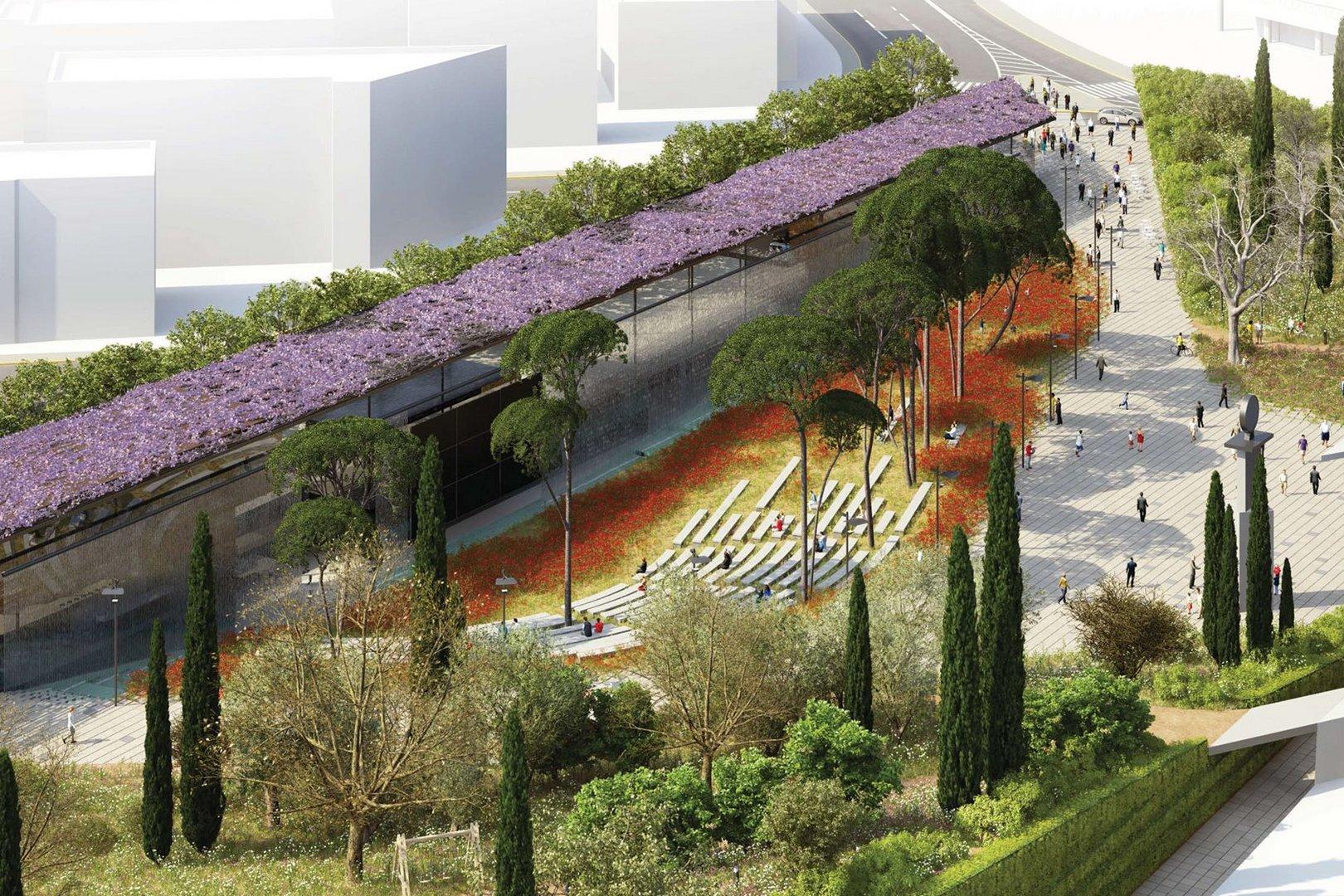The Municipality of Nicosia is promoting several large-scale projects that could transform the appearance of the Cypriot capital in the coming years. The city center is gradually transforming into a modern space for students, businesses, and cultural initiatives. The opening of a branch of the University of Athens Kapodistrias, with its medical faculty playing a key role, is crucial to this process. The university's arrival has stimulated investment growth; many buildings in the old town that had been vacant for decades have been sold and are being converted into student dormitories, apartments, and boutique hotels.
Student life in the old town
Currently, over 250 new residential units are under construction in Nicosia, and municipal dormitories near Voulgarktonu and Archbishop Makarios III Streets are operational. It is expected that, within the next five years, approximately 2,000 students will be able to live in the historic center of the capital. This will revitalize the area's economy and bring young people back to the old part of the city, which had previously been overshadowed.
Additionally, funding is currently being discussed for the restoration of the Faneromeni building to house the University of Cyprus School of Architecture. If approved, the project will become an important part of Nicosia's educational landscape.
Ledra Street, the old GSP, and new neighborhoods are being reconstructed
The Cypriot capital is paying special attention to the reconstruction of its central streets, Ledra and Onasagoru, with €13 million allocated from the EU Recovery Fund. At the same time, the area around the former GSP stadium is being developed, with plans to build residential complexes and commercial projects. Additionally, major players in the restaurant business are showing interest in this part of the city.

What's in store for the State Fairgrounds?
The former State Fairgrounds in Engomi are also in the spotlight. The municipality is promoting the idea of creating Nicosia's largest park, which would cover 250,000 m². According to the plan, 90% of the land will be green space, and the remaining area will house renovated facilities for cultural, sports, and educational purposes.
Previously, the government had expressed doubts about the project's financial viability, but today, its position has become more positive. The Council of Ministers is expected to appoint its representative to a special committee soon. Residents of the capital city strongly support the idea because there are few green spaces in the city.
The future of the SOPAZ district
The SOPAZ project will be no less significant. The former industrial area is planned to be transformed into an innovative district with housing, business centers, sports facilities, and cultural spaces. An international company has already been appointed to prepare a feasibility study. A strategic investor is expected to be attracted. Interest in the site, which exceeds 300,000 m², is very high.
A modern exhibition and conference center will be a key element, enabling Nicosia to host international events. The reconstruction of Famagusta Avenue, which connects the district to the city center and highway, will further enhance its appeal.
New projects in Nicosia's districts
Other areas of the capital are also set for major changes. In September, reconstruction of Prince Charles Avenue in Agios Dometios will begin. In Aglantzia, plans are in place to renovate the historic village center and the Skali cultural center.
Thus, Nicosia is gradually transforming into a city that combines education, culture, business, and green spaces. Unlike in previous years, when commercial projects were prioritized, the municipality's new strategy focuses on sustainable development and improving the quality of life for city residents.
